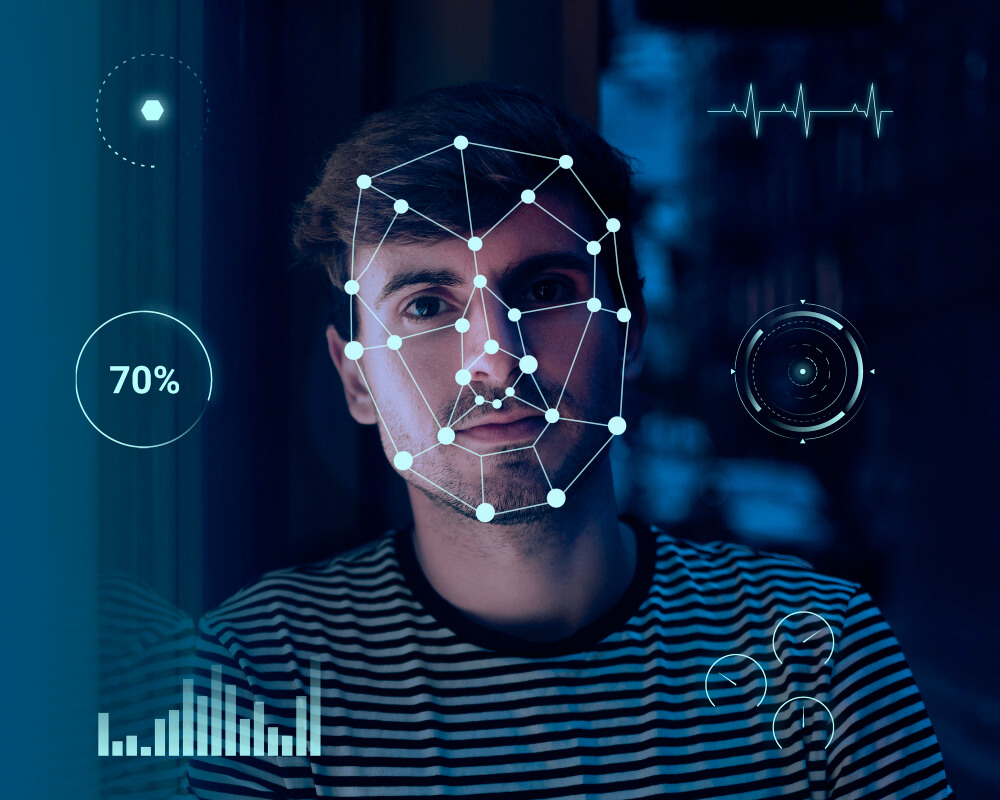
With the rapid development of technology, fingerprint identification technology has been widely used in various fields as an advanced means of identity verification and access control with the advantages of uniqueness, convenience and high security. So how is fingerprint identification realized? The following is to understand the process and principle of fingerprint recognition.
First of all, let's understand the structure of fingerprint unlocking, which usually consists of several key components such as fingerprint sensor, fingerprint image processor, storage and comparison algorithm, and security chip and encryption technology, etc. These components work together to realize the identification and comparison of unique features of fingerprints to verify the identity of an individual through the steps of acquisition, feature extraction, feature matching and decision verification.

The process and principle of fingerprint recognition
When a user places a fingerprint on a fingerprint sensor, the fingerprint image is captured and transmitted to a fingerprint image processor for processing and feature extraction. The extracted fingerprint features are then compared with the stored fingerprint features and if the match is successful, the phone is unlocked. The whole process is usually performed in a chip inside the phone to protect the user's privacy and data security. The basic principles to achieve these steps are as follows:
Fingerprint acquisition
Fingerprint acquisition is the process of obtaining a fingerprint image from a human finger or other skin part. The sensor can use optical or capacitive technology. Optical sensors acquire an image by illuminating the fingerprint and recording changes in the reflected light. Capacitive sensors, on the other hand, use an array of tiny capacitors to sense subtle changes in the fingerprint. These sensors produce high-resolution fingerprint images to capture the details and features of the fingerprint.

Feature Extraction
Feature extraction refers to the extraction of useful feature information from the captured fingerprint image. Commonly used features include the undulation, bifurcation, and crossover of the fingerprint as well as the direction, length, and spacing of the lines. Extracting these features can be achieved by image processing and pattern recognition techniques. For example, algorithms such as image filtering, edge detection and refinement can be applied to enhance fingerprint images, and then algorithms can be used to identify and extract the features of fingerprints.
Feature matching
Feature matching is the process of comparing the extracted fingerprint features with the fingerprint templates already stored in the database. The database stores the fingerprint feature vectors of registered users. The comparison usually uses a similarity measure algorithm to calculate the similarity between the input fingerprint and the fingerprint in the database. Commonly used algorithms include Euclidean distance, cosine similarity and correlation coefficient. By calculating the similarity, it is possible to determine which fingerprint in the database is the best match for the input fingerprint.

Decision verification
After feature matching, the system performs decision verification to determine the authentication result of the fingerprint. The decision verification is based on the comparison result of the set threshold or similarity. If the similarity between the input fingerprint and a fingerprint in the database is higher than the threshold or reaches a certain degree of match, the system will consider the authentication successful, otherwise it will consider the authentication failed.
The core of fingerprint recognition technology lies in the uniqueness and stability of fingerprints. Each person's fingerprint is unique, and even twins have minor differences. The pattern and morphological characteristics of fingerprints are relatively stable and do not change over time or with some routine skin damage. This makes fingerprint identification a reliable authentication technology.
